How to add natural light to your home without sacrificing privacy
Written by
05 April 2022
•
4 min read
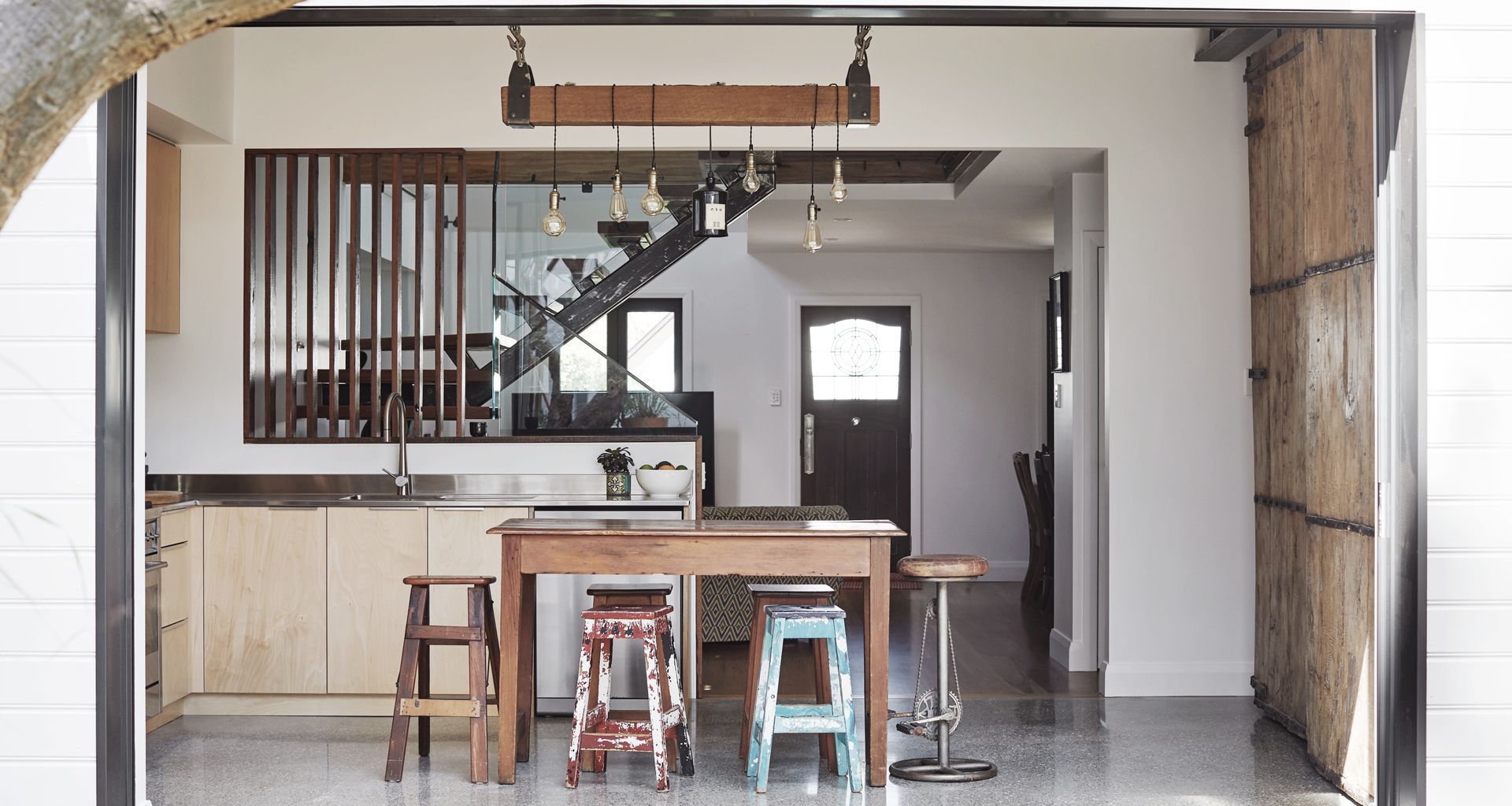
While design aesthetics often differ based on personal tastes, natural light is almost universally agreed upon as a desirable commodity. Not only is it key to creating an inviting, mood-enhancing space that’s enjoyable to be in, natural light is widely considered a ‘must-have’ feature when looking for a home.
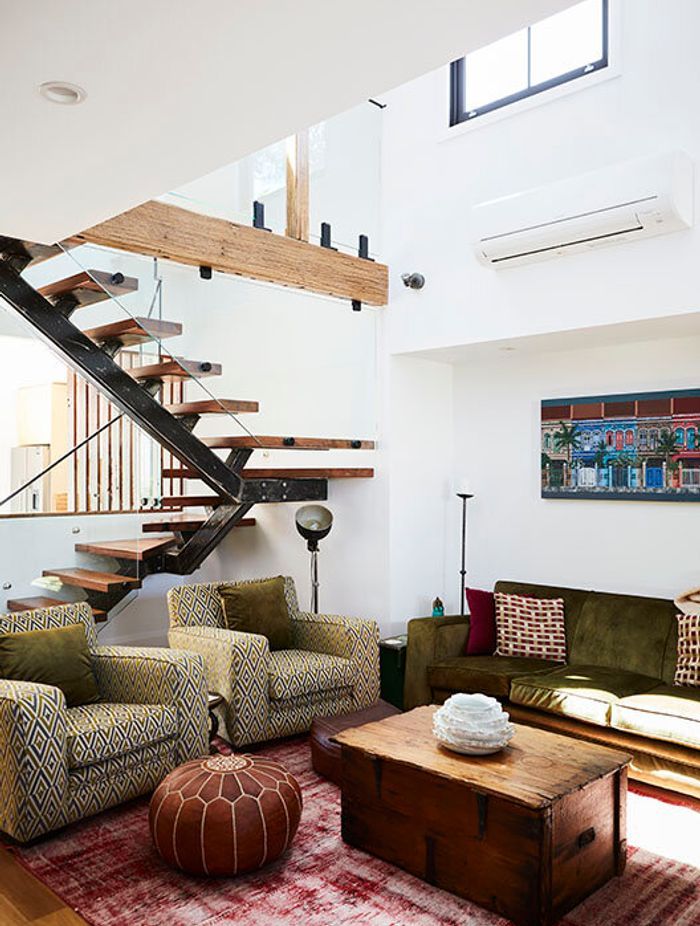
The common protocol for letting more natural light into your home often entails adding more windows and installing glass doors and walls, however, this can come at the cost of privacy. Fortunately, there are ways to let light in without exposing the inner workings of your home to prying eyes. For expert insight on how to bring natural light into your home without sacrificing privacy, we turned to building designer Jeff Karskens of Jeff Karskens Design for advice. “I often say to clients that some of the things we can provide them are the things that come for free, like natural light and natural ventilation,” Jeff tells ArchiPro. “Those things add a lot of value to a property without adding a lot of cost.”
Add a skylight
Playing with levels can be a savvy way to let in natural light without compromising privacy. Jeff recommends taking advantage of height whenever possible. “We work on a lot of inner-city places with limited floor area, so we'll look at the third dimension – taking light in from above,” says Jeff, noting that this works to offset privacy issues for clients and their neighbours. Top light – that comes through from skylights – is thought to be up to three times brighter than the light that penetrates vertical windows, with a small skylight working to drench the entire space in light. While Jeff doesn’t recommend skylights for bedrooms due to the difficulty in controlling the light, he says they’re well suited to living and dining areas.

To maximise light in a semi-detached Victorian home with a basement area devoid of natural light, the stairwell of Stanmore House by Jeff Karskens Design was fitted with a skylight with an inverted funnel. The inverted funnel effect further enhances the reach of natural light, illuminating the space below it. Similarly, Balmain House by Jeff Karskens Design added both natural light and space to a dark and cramped space. A cottage-style residence built in on both sides, opening up the home vertically and adding a skylight served to illuminate the formerly low, sombre space.
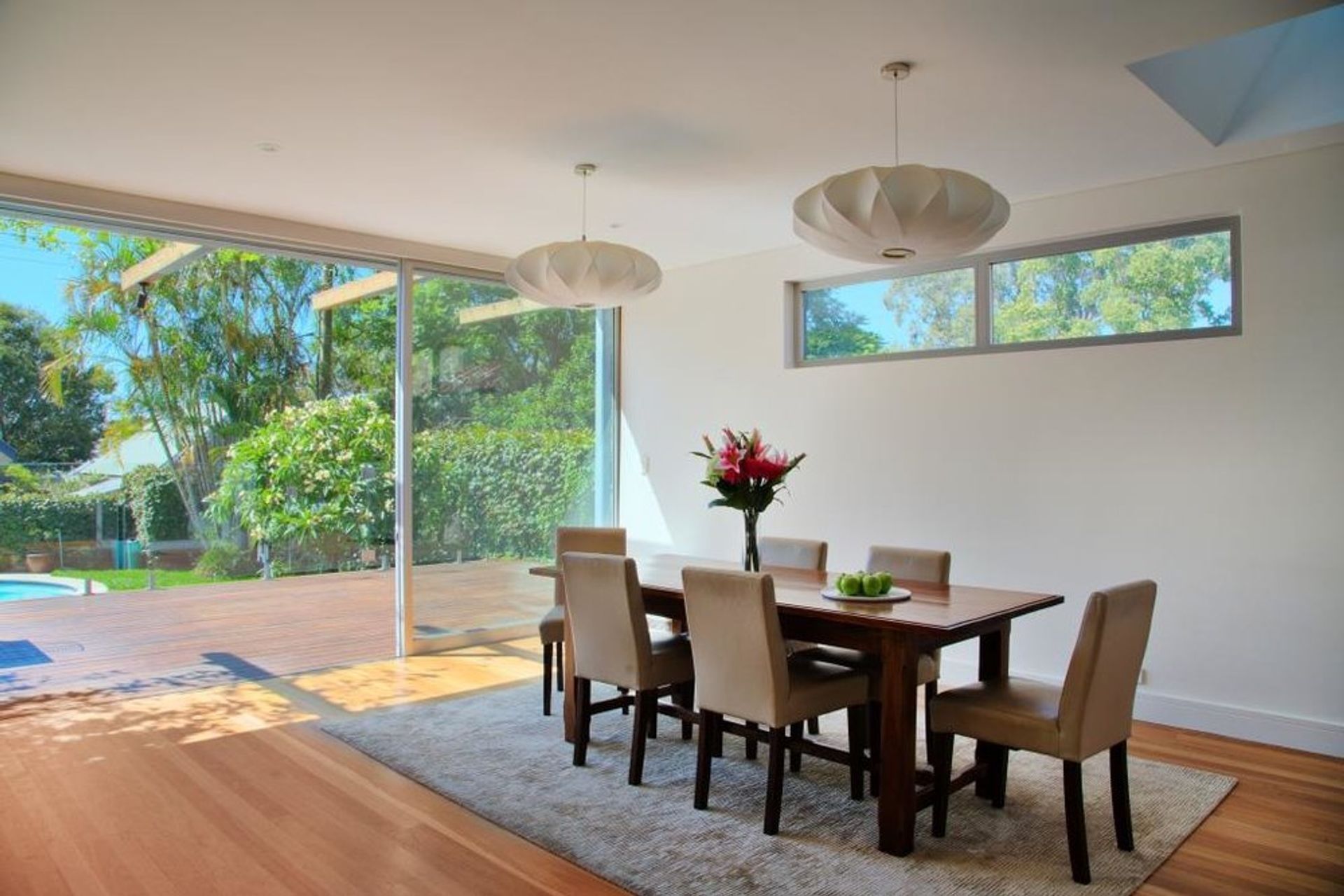
High sil windows
Adopting the same theory of playing with height as skylights, going high can be an innovative way to let light in without revealing the inner workings of your home to the outside world. An ideal solution for bathrooms for their ability to add both natural light and ventilation, high-set windows can also serve to add the illusion of more space to a room.
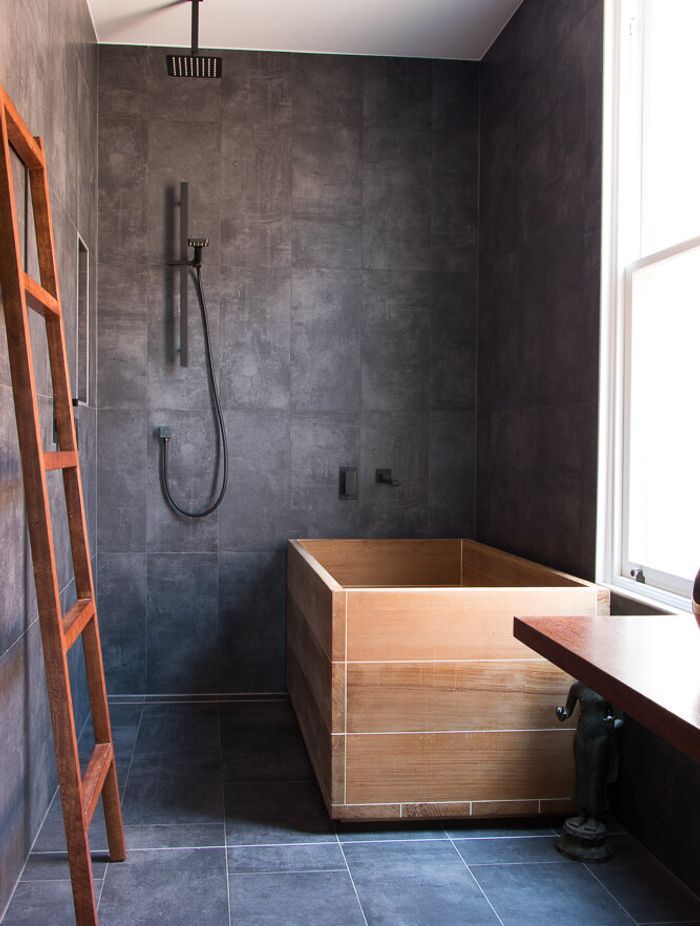
Strategic colours
Using lighter colours is often touted as one of the best ways to bring more light into a space, with white particularly recommended for its ability to reflect rather than absorb light. However, Jeff proposes a more strategic approach to colours. “[Lighter colours] can be contrasted with a darker element,” he explains. “If you’re walking through a darker hallway into a brighter room, the contrast between two spaces makes [the lighter] one feel a lot brighter than it really is.”
Tactical window placement and treatments
For those taking the tried-and-tested route of incorporating more windows into a home to bring light in, Jeff says placement is key. Understanding where the neighbouring windows are and where neighbouring living spaces are is essential, he says. Solutions include either very high windows or opting for obscured glass.
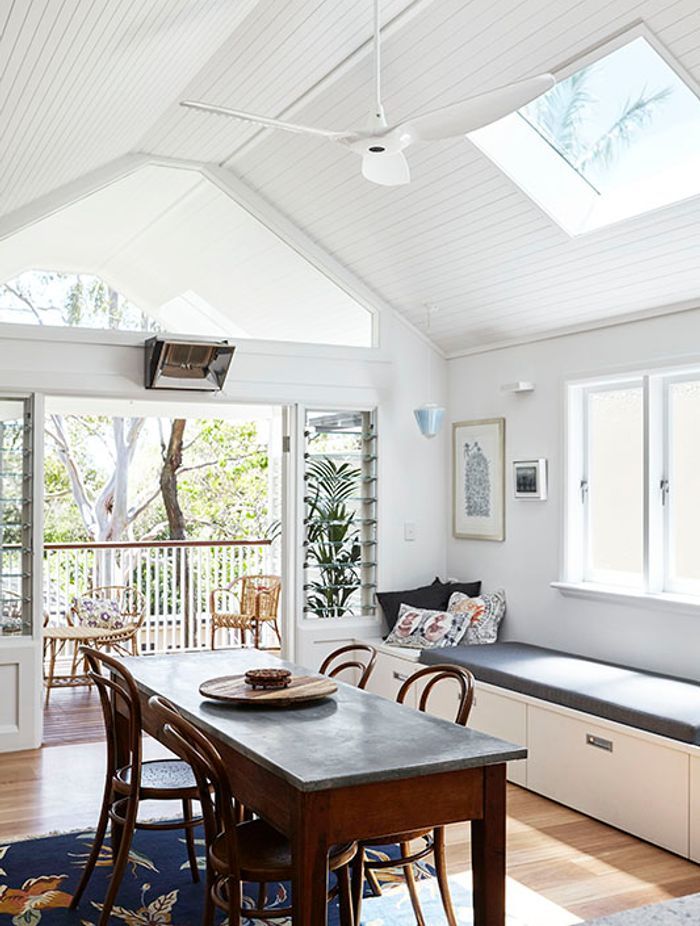
Annandale House 2 by Jeff Karskens Design makes use of obscured glass, due to the windows being a mere metre away from those of the adjoining house. “We have to be very careful about privacy between neighbouring properties,” Jeff notes. “Council controls will either require us to obscure the windows or have a windowsill at a very high level.”
Adding natural light and ventilation to a home without being able to be seen through, obscured glass (which comes in varying degrees of opacity) such as traditional Kosciusko glazing is ideal for those in close proximity to neighbouring houses and adds a level of fine detail to the space.

For those who want the ability to see through their windows, operable sunshades can be the perfect window treatment. As seen in Annandale House 1 by Jeff Karskens Design, sunshades can be used to provide privacy and keep the heat out, while also letting in the breeze and allowing homeowners to enjoy the view outside when desired.
To learn more about Jeff Karskens Design and view more of Jeff's projects, visit his ArchiPro profile here.
Words by Tanisha Angel